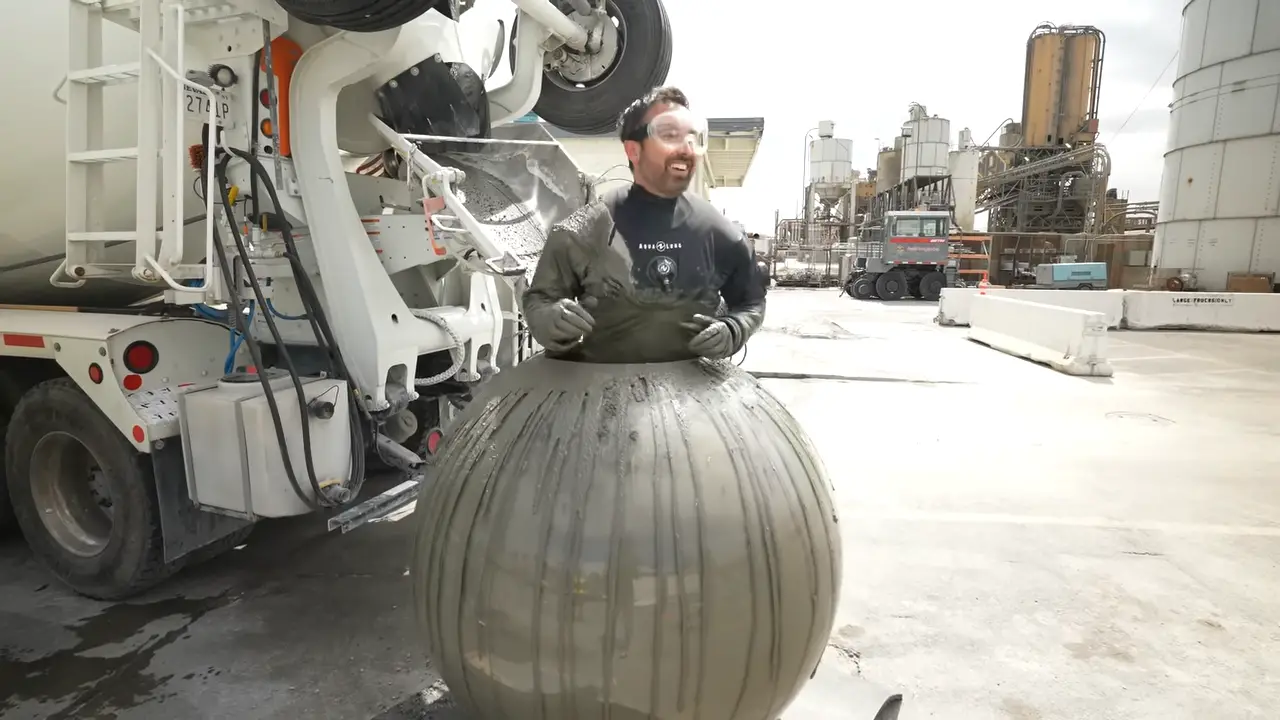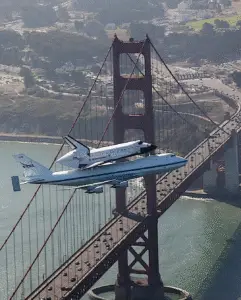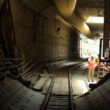Concrete is everywhere, from towering skyscrapers to sprawling highways. But what exactly makes this ubiquitous material so indispensable? To answer this, one daring individual took a hands-on approach—getting buried in concrete to explain its properties and significance.
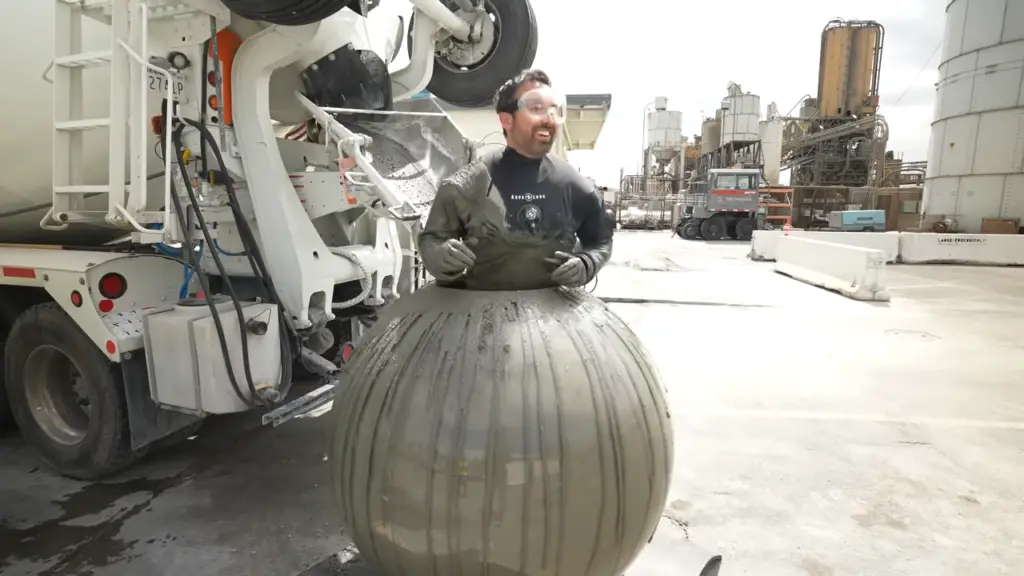
Cement vs. Concrete: Clearing Up the Confusion
One common misconception is that cement and concrete are the same. In reality, cement is just one component of concrete. Cement acts as the glue, binding other materials together. Concrete, on the other hand, is a mixture of cement, sand, gravel, and water. Cement alone is crucial, being the second most consumed substance on Earth after water. Every year, 500 kilograms of cement are produced for every person on the planet, enough to make two cubic meters of concrete.
Also Read: Decorative Concrete Trends: Enhancing Aesthetics in Design
The Historical Importance of Concrete
Concrete’s history is long and storied. Ancient civilizations used primitive forms of cement made from limestone, which is primarily calcium carbonate. When heated, limestone releases CO2, leaving behind calcium oxide (quicklime). Mixed with water, this forms calcium hydroxide, which eventually absorbs CO2 from the air to harden into calcium carbonate. However, this method had limitations—it couldn’t create large molds or harden underwater.
The Romans revolutionized concrete by adding volcanic ash (pozzolana) to their mixture, creating a stronger and more durable cement. This allowed them to build structures like the Pantheon’s unreinforced concrete dome and underwater piers that have stood for millennia. Modern concrete evolved from this ancient recipe, incorporating clay or shale to produce similar results.
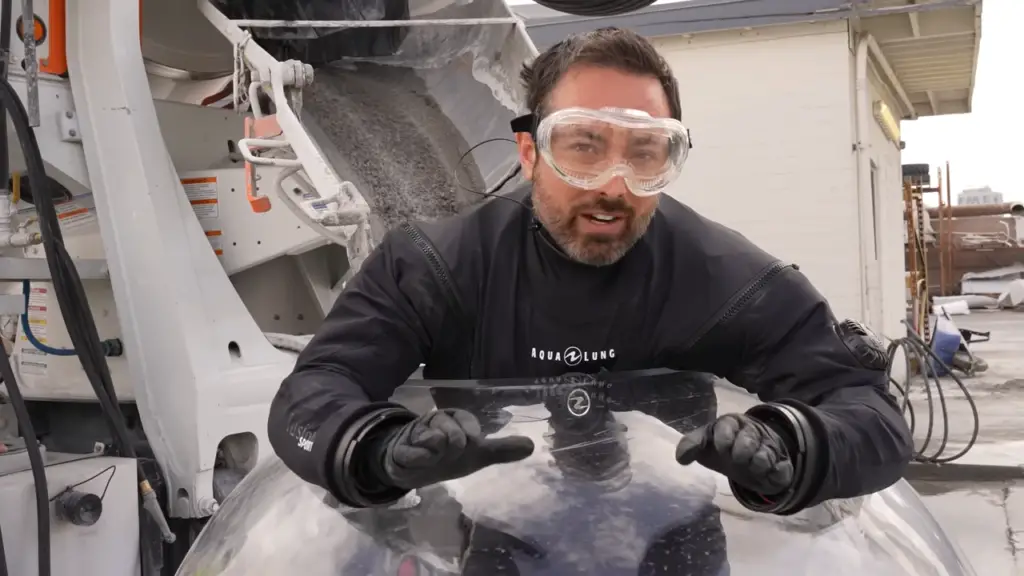
Modern Concrete: Composition and Production
Today, most concrete is made using Portland cement, a formulation discovered in the 1840s. It involves heating a mixture of limestone and shale to produce hard nodules called clinker, which are then ground into a fine powder. The addition of silica from clay or shale fundamentally changes the chemistry, enabling concrete to harden underwater and achieve maximum strength.
Concrete is a mix of cement, sand, and gravel. Aggregates are blasted from quarries, ground to specific sizes, and combined in precise proportions. These materials are loaded into concrete trucks and mixed with water to start the chemical reactions that harden the concrete.
Testing Concrete Strength
Concrete’s strength is meticulously tested. Samples are cast into cylinders and subjected to increasing pressure until they fail. Interestingly, adding aggregates like sand and gravel to cement increases the material’s overall strength. Pure cement, though initially strong, tends to flake and chip under pressure.
The Unique Properties of Concrete
Concrete is dense—about three times as dense as water. This density creates a unique buoyancy effect, as our brave experimenter discovered while trying to stay submerged in a concrete-filled sphere. The material’s density and strength come from its unique chemical reactions. When water is added to cement, it dissolves into ions that react to form interlocking crystals, causing the concrete to harden. This process, called cement hydration, makes water an integral part of the solid concrete structure.
Like Us on Facebook!
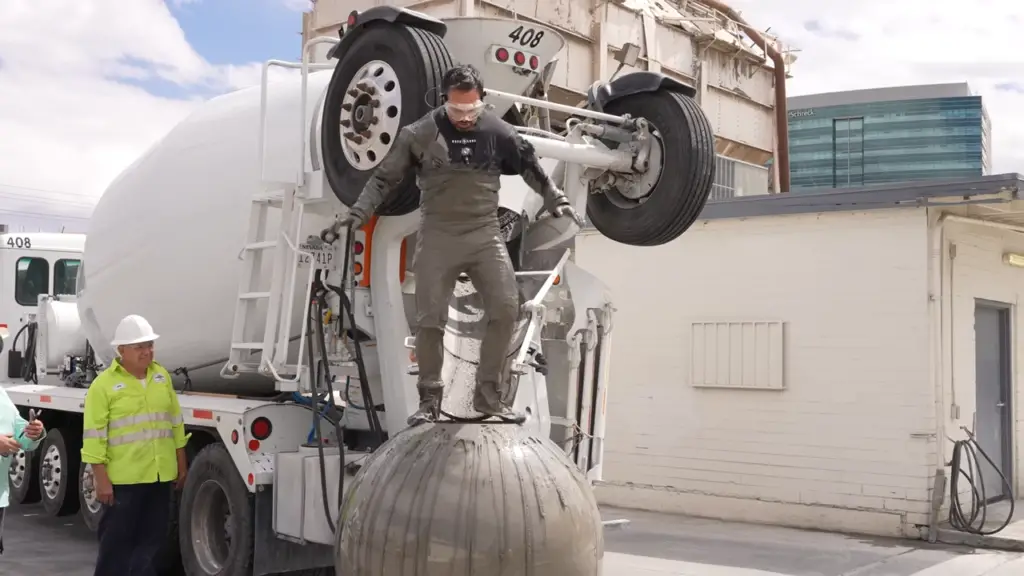
Environmental Impact and Sustainability
While concrete is essential, it has a significant environmental footprint, contributing about 8% of global CO2 emissions—more than the entire aviation sector. However, there are ways to mitigate this impact. For example, truck drivers sometimes add regular soda to their loads to prevent concrete from setting too quickly, buying time in case of delays.
Subscribe Us on YouTube!
Conclusion
Concrete is a marvel of human engineering, enabling the construction of vital infrastructure worldwide. Its composition and production have evolved over millennia, from ancient Roman innovations to modern chemical additives. However, its environmental impact cannot be ignored. By understanding the science behind concrete and exploring sustainable practices, we can continue to build our world while mitigating our footprint.
For those looking to offset their carbon emissions and support systemic change, organizations like Wren offer ways to fund carbon reduction projects and advocate for new technologies and policies. Together, we can work towards a more sustainable future.
This deep dive into concrete was made possible by a unique experiment where an individual got buried in the material to truly understand its properties. It’s a testament to the lengths we can go to uncover the fascinating details of the world’s most essential man-made substance.
Here’s a complete video: watch Now.

